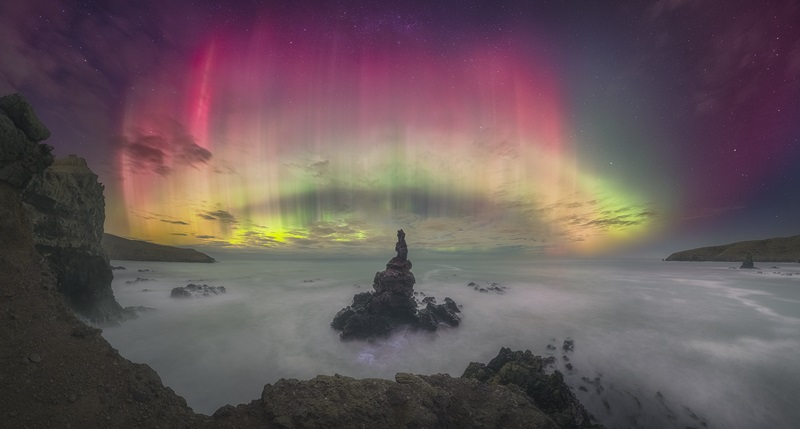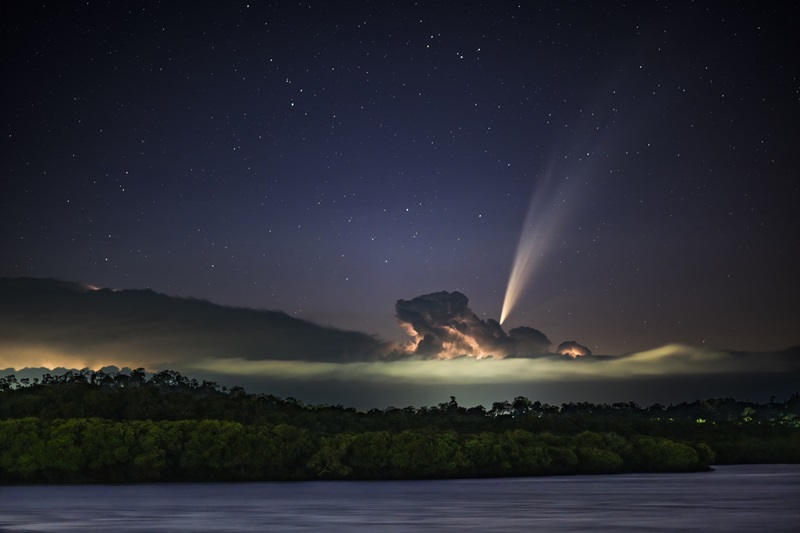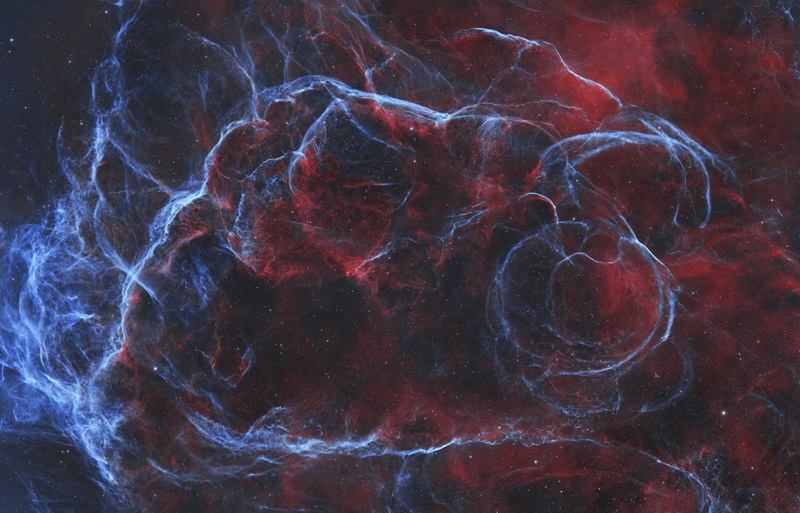Key points
- The David Malin Awards sponsored by CSIRO celebrate some of the world's best astrophotographers and the images they work hard to create.
- This year's judging panel sifted through 261 entries to identify winners across six categories.
- The winning images are on display at CSIRO's Parkes Observatory Visitors Centre these school holidays.
Our growing cities with their bright lights can make it hard to see the delights of space: planets, stars, nebulas, even other galaxies. If we can't visit somewhere with dark skies, at least we have astrophotographers peering into the cosmos for us.
The David Malin Awards showcase some of the finest features of our night sky. An international astrophotography competition, the awards are run by the Central West Astronomical Society and hosted at CSIRO's Parkes Observatory Visitors Centre.
Renowned astrophotographer Alex Cherney, who has captured CSIRO's radio telescopes under brilliant skies, was one of the judges. He said they were looking for the 'wow' factor.
"Technical perfection alone doesn't make an image stand out. The best astrophotographs aren't just documentation – they reveal the cosmos in ways that inspire and educate."
Each of the six award categories highlight special techniques, storytelling possibilities or features of our sky. All, different ways to inspire us to head outside and look up.

Category: Nightscapes
The awards are named for astrophotographer David Malin, whose philosophy was that astrophotography should blend scientific integrity with artistic beauty.
"Whether it's in the way the Milky Way frames the landscape, the delicate colours in an emission nebula, intricate dust structures, or the perfect moment capturing a meteor or comet," said Alex Cherney.
The Nightscapes category combines landscape and a skyscape, creating a contrast or building a connection between the Earth we stand on and the dynamic Universe above us. The images are often produced with a single exposure or a multi-shot panorama.
Janice Terrill combines a terrestrial mangrove lake and building storm with the extraterrestrial comet, Atlas in her highly commended image. What will strike first: comet or lightning?

Category: Junior
Not all of us have years of experience behind us and the ability to travel the world chasing auroras or eclipses! The Junior category is a chance for those under 18 years to try their hand at what may just become a life-long obsession.
The judges, Alex said, appreciated images that make us feel something or see the universe differently, revealing what we can't see with our eyes alone. Charlie Marzolla's winning image of the Eagle Nebula does just that.

Category: Widefield
"David taught us that aesthetic qualities come first, followed by presentation, technical competence, and relative difficulty," said Alex.
The Widefield category consists of images typically with professional cameras that have a wide field of view. They capture a region of space, rather than singular objects in the sky.
A Supernova's legacy – Vela SNR by Rod Prazeres is a segment of a supernova remnant created when the supermassive star Vela exploded about 11,000 years ago.







